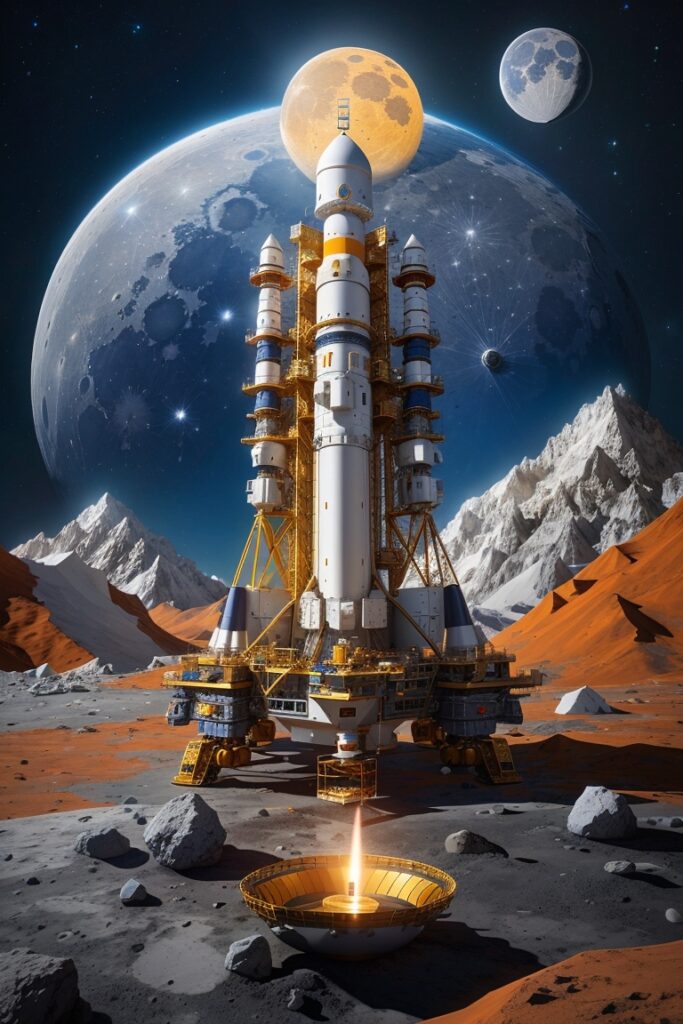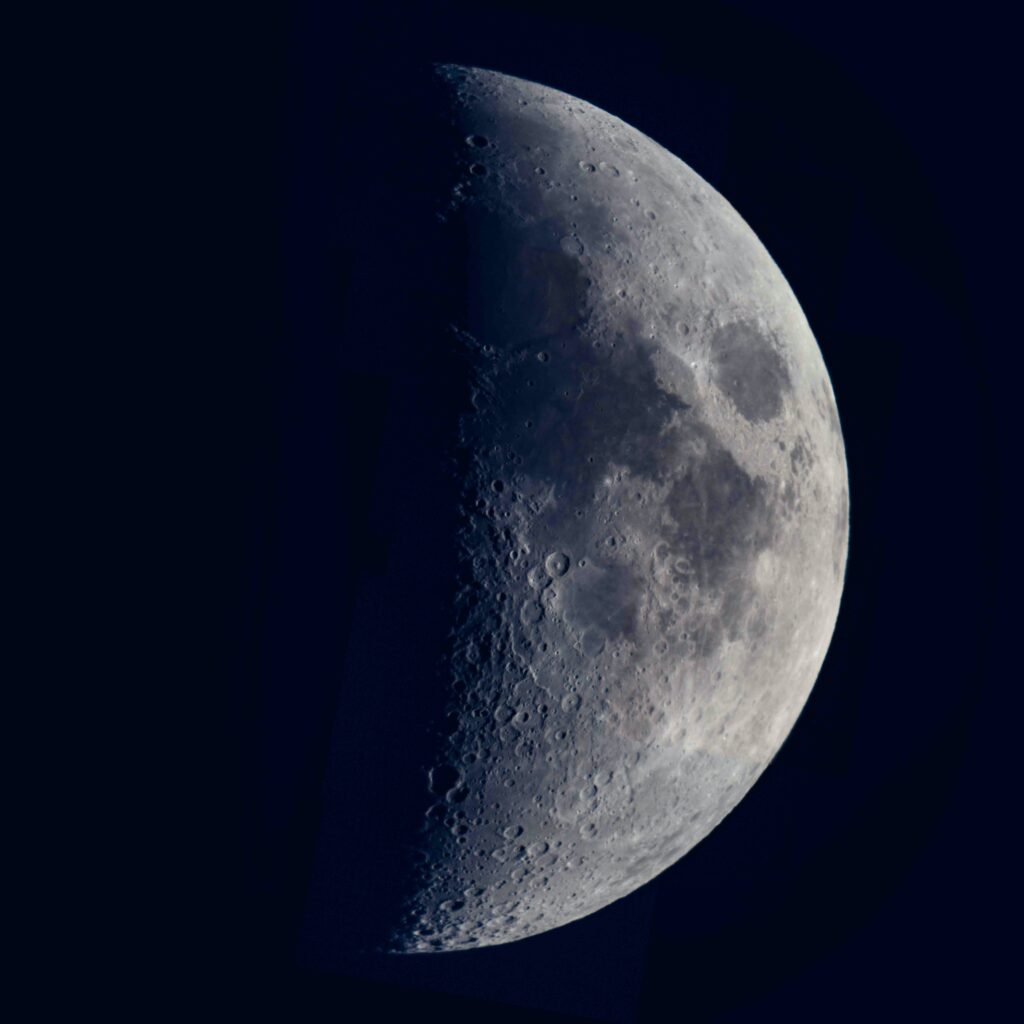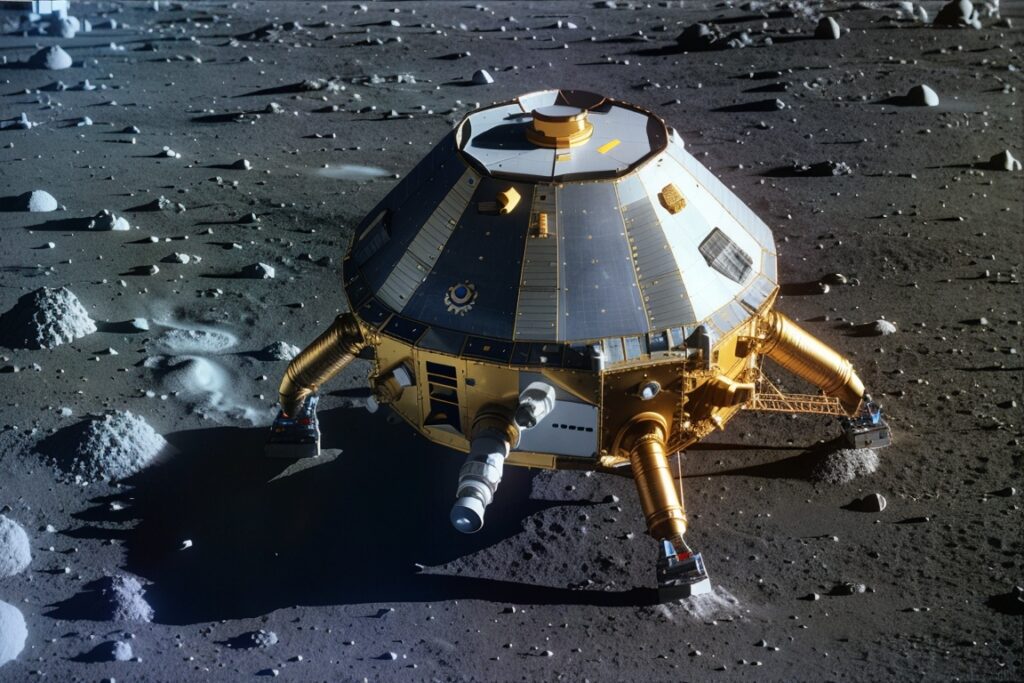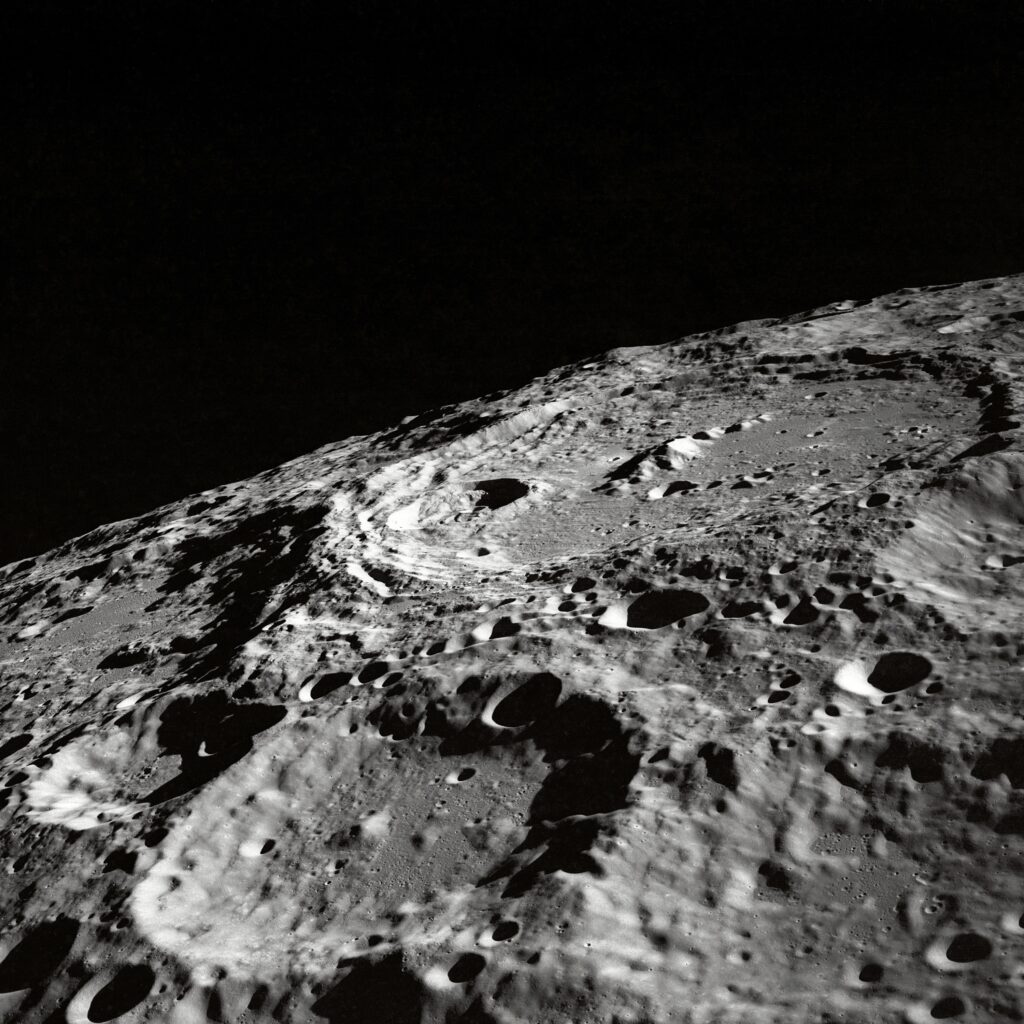Introduction
Exploring the mysteries of the cosmos has been a longstanding aspiration of humanity, and space missions have played a pivotal role in unraveling the secrets of the universe. Chandrayaan, India’s ambitious lunar exploration program, launched by the Indian Space Research Organization (ISRO), holds a special place in the annals of India’s space journey. In this blog post, we will delve into the intricacies of Chandrayaan, its objectives, achievements, and the impact it has had on India’s space exploration capabilities.


The Brief History of Chandrayaan
Chandrayaan, derived from the Sanskrit words “Chandra” (Moon) and “Yaan” (Vehicle), was conceived with the aim of exploring the Moon’s surface and enhancing our understanding of Earth’s closest celestial neighbor. On October 22, 2008, India’s maiden lunar mission, Chandrayaan-1, was launched from the Satish Dhawan Space Centre in Sriharikota, Andhra Pradesh, marking a significant milestone in the country’s space program.
Objectives of Chandrayaan
The Chandrayaan mission had a set of scientific objectives intended to expand our knowledge of the Moon’s origin, evolution, and surface composition. These objectives encompassed:
a) High-resolution mineralogical and chemical mapping of the lunar surface.
b) Investigation of the presence of water-ice in polar regions.
c) Understanding the Moon’s geological evolution.
d) Mapping the Moon’s three-dimensional topography.
e) Studying the lunar exosphere and its interactions with the solar wind.
The Scientific Payload of Chandrayaan
Chandrayaan has been more than just a solo endeavor by the Indian Space Research Organization (ISRO); it has fostered international collaborations. For instance, Chandrayaan-1 carried scientific payloads from various countries, including the United States, the United Kingdom, Germany, Sweden, and Bulgaria. This collaboration facilitated the exchange of scientific expertise and resources, enhancing the mission’s scientific output. Chandrayaan-1 carried several scientific instruments to accomplish its objectives. The primary instrument was the Moon Mineralogy Mapper (M3), a collaborative effort between NASA and ISRO, designed to map the mineral resources of the Moon. Other notable instruments included the Terrain Mapping Camera (TMC), the Lunar Laser Ranging Instrument (LLRI), and the Miniature Synthetic Aperture Radar (Mini-SAR).
Discoveries and Contributions
Chandrayaan-1 made significant contributions to lunar science, advancing our understanding of the Moon’s surface. Notably, it confirmed the presence of water-ice on the Moon’s surface, particularly in the polar regions. The M3 instrument identified hydroxyl and water molecules in lunar soil, suggesting the potential utilization of lunar resources for future human exploration.
Furthermore, Chandrayaan-1 generated detailed maps of the Moon’s surface topography, providing valuable data for future lunar missions. It also confirmed the existence of thorium and uranium, essential elements for comprehending the Moon’s geology and evolution. The mission detected numerous minerals, including magnesium, aluminum, and silicon, shedding light on the Moon’s compositional diversity.
Chandrayaan 2: The Next Leap
Building upon the success of Chandrayaan-1, India embarked on a more ambitious mission, Chandrayaan-2. Launched on July 22, 2019, this mission aimed to further explore the Moon and showcase India’s capabilities in lunar landing and rover technology.
Chandrayaan 2 consisted of an orbiter, a lander named Vikram, and a rover named Pragyan. The mission’s primary objectives included studying the lunar surface, conducting mineralogical and elemental studies, and searching for water-ice in the South Polar region. Although the lander encountered challenges during the descent and the mission did not achieve a soft landing, the orbiter continues to function and gather valuable scientific data.
The Significance of Chandrayaan
The Chandrayaan missions have not only advanced our scientific understanding of the Moon but have also demonstrated India’s technological capabilities in space exploration. These missions have paved the way for future endeavors and strengthened international collaborations in space research. Chandrayaan has been instrumental in nurturing India’s scientific community, inspiring young minds to pursue careers in space science and technology.
International Collaborations
One notable collaboration was with NASA on the Moon Mineralogy Mapper (M3) instrument. M3 played a crucial role in detecting water molecules and mapping the Moon’s surface composition. This collaboration exemplified the spirit of international cooperation in space exploration.
Technological Innovations
The Chandrayaan missions have showcased India’s technological prowess through numerous innovations. The development and execution of the missions involved groundbreaking technological advancements, highlighting India’s engineering capabilities. Some notable technological achievements include:
a) GSLV Launch Vehicle: Chandrayaan-1 was launched using the Geosynchronous Satellite Launch Vehicle (GSLV), an indigenous launch vehicle developed by ISRO. This achievement demonstrated India’s ability to develop and launch complex space missions.
b) Deep Space Communication Network: To establish constant communication with the Chandrayaan missions during their lunar journey, ISRO established a deep space network consisting of ground stations in India and abroad. This network ensured seamless data transmission and efficient mission control.
c) Soft Landing Technology: Chandrayaan-2 aimed to achieve a soft landing on the lunar surface, an incredibly intricate maneuver. The lander, Vikram, was equipped with thrusters and a guidance system to control its descent. Although the soft landing was not successful, the mission marked significant progress in landing technology for future missions.
Inspiration for Future Generations

The Chandrayaan missions have played a pivotal role in inspiring and nurturing India’s scientific community. They have ignited a sense of curiosity and enthusiasm for space exploration among young minds, motivating them to pursue careers in science, technology, engineering, and mathematics (STEM) fields.
ISRO has actively engaged with schools and universities, conducting outreach programs and workshops to create awareness about space science and the Chandrayaan missions. These initiatives have encouraged students to dream big and contribute to India’s space program, fostering a new generation of space enthusiasts.
Socio-economic Impact
The Chandrayaan missions have had a significant socio-economic impact on India. Not only have they advanced scientific research, but they have also stimulated technological innovation and spurred industrial growth. The development of indigenous technologies and collaborations with industry partners have led to the expansion of India’s space industry, creating job opportunities and fostering economic growth.
Furthermore, the missions have bolstered national pride and positioned India as a prominent player in space exploration on the global stage. They have garnered international recognition for India’s achievements and contributed to the country’s soft power diplomacy.
Future Collaborations and Missions
India’s space program continues to explore future collaborations and missions. In addition to Chandrayaan-3, ISRO has expressed interest in partnering with other countries and space agencies for joint lunar exploration missions. These collaborations aim to leverage resources, expertise, and scientific capabilities to achieve even greater scientific outcomes.
ISRO is also actively developing advanced technologies for future space missions. This includes the development of reusable launch vehicles, advanced communication systems, and autonomous lunar rovers. These technological advancements will further enhance India’s space exploration endeavors and solidify its position as a frontrunner in the global space industry.
Future Prospects
India’s lunar exploration program continues to evolve, with plans for Chandrayaan-3 already underway. Chandrayaan-3 aims to achieve a soft landing on the Moon, leveraging technological advancements and learnings from previous missions. The mission will encompass a lander, rover, and an orbiter, further exploring the lunar surface and gathering crucial data for scientific analysis.
Chandrayaan 3: India’s Third Lunar Mission
Chandrayaan-3 is India’s third lunar mission, was scheduled to launch on July 14, 2023. It aims to showcase India’s capabilities in safe landing and roving on the lunar surface while conducting in-situ scientific experiments to study the moon’s surface and subsurface.
Modules
Comprising two modules, the Chandrayaan-3 spacecraft consists of the propulsion module and the lander-rover module. The propulsion module’s role is to transport the lander-rover module to the moon. The lander-rover module encompasses the lander, the rover, and various scientific payloads.
The Lander
The lander’s primary objective is to facilitate a safe landing of the Chandrayaan-3 spacecraft on the moon. Equipped with six legs, it absorbs the impact of landing, ensuring a secure touchdown. Additionally, the lander houses several instruments dedicated to studying the moon’s surface and atmosphere.
The Rover
The rover, a small and agile vehicle, is designed to explore the lunar surface. With six wheels enabling it to travel at speeds of up to 500 meters per hour, the rover carries a suite of instruments for studying the moon’s geology, mineralogy, and atmosphere.
The Payloads
Chandrayaan-3 carries six payloads, each contributing to the scientific exploration of the moon:
Terrain Mapping Camera (TMC): Captures high-resolution images of the lunar surface, creating detailed maps.
Chandrayaan-3 Laser Range Finder (CL3RF): Measures the distance between the lander and the lunar surface.
Alpha Particle X-ray Spectrometer (APXS): Analyzes the chemical composition of the lunar surface.
Moon Mineralogy Mapper (M3M): Maps the distribution of minerals on the lunar surface.
Solar Wind Composition Analyzer (SWCA): Studies the composition of the solar wind as it interacts with the moon.
Orbiter High-Resolution Camera (OHRC): Captures high-resolution images of the moon from orbit.

Objectives
Chandrayaan-3 mission encompasses three key objectives:
Demonstrating end-to-end capability in safe landing and roving on the lunar surface.
Conducting in-situ scientific experiments to gain insights into the moon’s surface and subsurface.
Establishing a foundation for future lunar exploration missions.
Significance of Chandrayaan 3
Chandrayaan-3 marks a significant milestone in India’s space program, as it represents India’s first successful landing on the lunar surface and deployment of a rover. The mission’s success will contribute to advancing our understanding of the moon and its potential for future exploration, positioning India as a leading player in space exploration.
Chandrayaan-3 is a bold and ambitious mission, highlighting the ingenuity and dedication of the Indian Space Research Organization (ISRO). Its successful execution would represent a major achievement for India, paving the way for further advancements in lunar exploration and solidifying the country’s position in the field of space exploration. By enhancing our knowledge of the moon, Chandrayaan-3 opens doors to new opportunities and discoveries, shaping the future of space exploration.
Why Chandrayaan 3 was Launched?
Chandrayaan-3 was initiated with the primary objective of showcasing India’s capabilities in safe lunar landing and roving on the lunar surface. It also aims to conduct in-situ scientific experiments to gain a deeper understanding of the moon’s surface and subsurface. This mission represents a significant milestone in India’s space program, contributing to the advancement of lunar exploration and paving the way for future endeavors.
Collaborators and Contributors of Chandrayaan-3
The development and execution of Chandrayaan-3 were led by the Indian Space Research Organization (ISRO), the national space agency of India. In this mission, ISRO collaborated with various esteemed organizations, including the National Aeronautics and Space Administration (NASA) and the European Space Agency (ESA), among others. This collaborative effort exemplifies the global cooperation and shared goals of exploring the moon and expanding our knowledge of space.
Potential Benefits and Utilization of Chandrayaan-3
Chandrayaan 3 holds immense potential in several key areas. Firstly, it will enhance our understanding of the moon’s surface and subsurface, providing valuable insights for the development of new resources and technologies. This knowledge will not only contribute to scientific advancements but also shed light on the moon’s history and its place in the solar system.
Secondly, Chandrayaan-3 can drive the development of innovative technologies for future lunar explorations. The mission’s findings and experiences can lay the groundwork for upcoming lunar missions, including the possibility of manned missions. By pushing the boundaries of technological capabilities, Chandrayaan-3 will expand our potential for deep space exploration and human habitation beyond Earth.
Chandrayaan-3 signifies a remarkable mission with the potential to revolutionize our understanding of the moon and shape the future of space exploration. Its successful execution will be a major accomplishment for India and will solidify its position as a leading player in the field of space exploration. The mission’s objectives, including safe landing and scientific investigations, highlight India’s commitment to pushing boundaries, fostering collaborations, and driving advancements in space exploration. Chandrayaan-3’s journey will unlock new frontiers, offering unique opportunities for scientific breakthroughs and inspiring generations to come.
Conclusion
The Chandrayaan missions have not only expanded our scientific understanding of the Moon but have also showcased India’s technological capabilities and prowess in space exploration. The international collaborations, technological innovations, and socio-economic impact of the missions have been instrumental in elevating India’s space program to new heights. Chandrayaan, India’s remarkable lunar exploration program, has propelled the nation’s space capabilities to new heights.
With its groundbreaking discoveries, it has not only contributed significantly to lunar science but has also inspired a generation of space enthusiasts. Chandrayaan-1 and Chandrayaan-2 have laid the foundation for future missions, with Chandrayaan-3 and potential manned lunar missions on the horizon. The legacy of Chandrayaan will continue to inspire generations, leaving a lasting impact on India’s scientific community and shaping the future of space exploration in the country. This is All about Chandrayaan: India’s Lunar Mission.